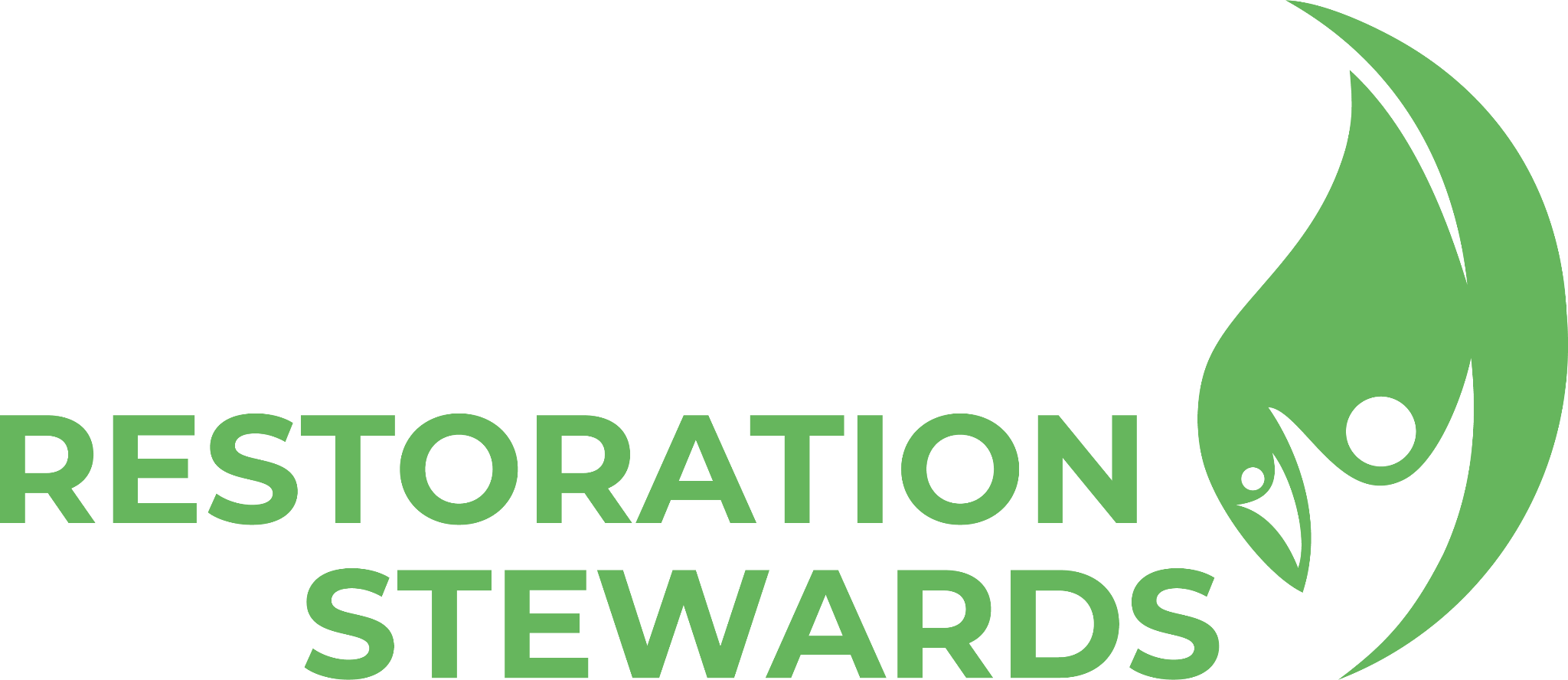Resurrection of the wild: A year-end reflection on community and restoration in the Phillipines

Amid the rush of a busy highway in Cali, Colombia, at the Convention on Biological Diversity (CBD) – COP16, Wendell Berry’s words echoed—a call to reconnect with nature. A year of restoration in Alojipan reflects this vision: forest restoration, agroecology, community dialogues, and local-led programs. Photo: Javie Barcinal
Resurrection of the wild takes place only when humans begin to shake themselves free of their preoccupation with themselves. When the human desire to own is replaced by a willingness to belong, transformation occurs.
These words capture a truth that has guided me over the past year as a Forest Restoration Steward with the Global Landscapes Forum. My name is Javie Barcinal, a community organizer and storyteller from Antique, Philippines.
This year, we walked on a journey of growth –personal, spiritual and collective. It’s been a year of grounding, learning and reimagining restoration work alongside the community of Alojipan in my hometown in Antique. Together, we explored how restoration is not just about protecting and restoring ecosystems but also about rebuilding human relationships with the land and with one another.
Navigating uncharted territories and global platforms: sharing stories of home and youth-led restoration efforts during a side event at CBD COP16 in Colombia. Photo: Simangele Msweli
As I reflect on this year, Wendell Berry’s poem about the “resurrection of the wild” resonates deeply. I first encountered it while taking a moment to pause at Museo La Tertulia in Cali, Colombia, during the CBD COP 16. It was a week of navigating complex conversations, sharing stories of restoration and challenging the silos that often define global platforms. Berry’s words reminded me that our work in Alojipan – though small and local – is part of a larger movement to rethink how we live with the natural world.
Building roots: A year of restoration in Alojipan

Community members watched the video we presented at the 7th GLF Investment Case, showcasing our restoration work and their stories. Photo: Javie Barcinal
Our work this year was grounded in agroecology and community-led conservation. Together with local partners, we co-designed a shared space that serves as a food garden and a tree nursery. This space embodies the interconnectedness of people and nature, providing sustenance while regenerating the land.
We continue practices such as foraging for pako-pako (fern shoots) and labnuk (shrub shoots), composting kitchen waste and cultivating tambo (bamboo shoots). These practices, often dismissed as outdated, became central to our shared learning and a reminder of the deep wisdom already embedded in the community.
Auntie Aracelli and Nang Tata planted new seeds in our agroecology site in November 2023. Photo: Javie Barcinal
At the heart of this work was dagyaw, the Filipino tradition of collective labor. Mothers, farmers and youth came together to plant soybeans, okra and legumes. These crops enriched the soil and strengthened the bonds within the community. Each action reflected a simple yet profound truth: the land is ready to give back if we learn to care for it again.
Restoring agency and rebuilding power
Agroecology workshop in Alojipan led by Tonio Flores, our team’s agroecology lead.. Photo: Javie Barcinal
Restoration is more than planting trees –it’s about restoring agency to those who have been excluded from decisions about their land and livelihoods. In Alojipan, systemic inequalities have forced many into seasonal labor with little pay, perpetuating cycles of poverty and environmental degradation.
Through agroecology workshops and planning sessions, we worked to dismantle these injustices. We trust local knowledge and center the community’s lived experiences, creating a web of people, land and food. This web is fragile but growing stronger, representing a collective effort to reclaim stewardship and challenge imposed systems.
This year, we planted more than seeds: we planted the foundations for long-term change. The crops we sowed are now growing and waiting to be harvested, acting as a positive reminder of what’s to come. We built essential facilities, like a tree nursery and agroecology site, and laid plans for the dry season ahead.
A handful of vegetables (pechay and okra) harvested by community members involved in our restoration work. Photo: Javie Barcinal
Next year, our focus will shift to generating income from our harvests, ensuring that the community sees tangible benefits from their labor. The ultimate goal is for them to take full ownership of this work, with confidence and agency to sustain it on their terms.
A future of belonging

Sharing laughter and conversation with community members under the fig tree beside the agroecology site.Photo: Javie Barcinal
In Alojipan, the resurrection of the wild is already beginning. Each shared meal, planted seed and reclaimed practice brings us closer to a future where people and landscapes thrive together. As Berry writes, the trees will come back slowly but surely. And so will we –patiently, persistently and together.
The view of the forest from the agroecology site. Another year of community and restoration awaits. Photo: Javie Barcinal

